TSLA: Chinese EV Tariffs?$$$
Why Biden 2x Chinese EV Tariffs + Why TSLA isn't a Melting Ice Cube (like their Big Auto competition)
Takeaways:
Biden plans to quadruple US/EU tariffs on Chinese EV imports. This will further defend TSLA’s domestic beachhead: 1) 50% EV market share in the USA (No. 2: Ford 7%) + 2) huge headstart over domestic auto incumbents in assembly line processes (Gigapress) & high manufacturing concentration. Together, this should result in superior economies of scale which translates into lower unit costs — increasingly important in a commoditizing US EV sector.
According to BYD’s Chairman, China’s EV sector is currently in a “brutal elimination round”. Huawei’s consumer business division CEO suggests that China’s EV sector could consolidate to less than 5 major EV players by 2030. As a Top 3 China EV sector incumbent, TSLA is likely to emerge from this downcycle stronger — just like NFLX has since mid-2022.
International competitors with greater exposure to China’s EV market (e.g. Toyota, VW) are being flailed in an excessively competitive China EV market due to their greater exposure there. This implies that they will present lesser challenges to TSLA’s US EV business for the foreseeable future.
Unlike its auto sector competitors, TSLA does not have a legacy ICE auto “melting ice cube” business to preserve or cannibalize amidst the auto sector’s inevitable transition to EVs. This is reminiscent of NFLX, which likewise doesn’t have a legacy Cable “melting ice cube” business to worry about. (unlike its legacy Media incumbents, e.g. Disney, who need to carefully balance between Streaming/DTC growth vs. Cable/Linear churn.
Disclaimer: The contents of this document are NOT meant to serve as investment advice. Read our full disclaimers below.EXPLAINED: Why Biden 4x Chinese EV Tariffs
This excellent article notes the similarities between the China EV situation today and the Japanese auto situation in the early 80’s. In both instances, the auto exporters with superior cost competitiveness were looking to make inroads into the US auto sector and spooked local stakeholders, which sparked lobbying for protectionist policy. In 1980 Japan’s case, this culminated in what effectively amounted to auto tariffs, as the author describes:
In the 1970s, the US was growing increasingly concerned about its trade deficit with Japan, which had become a hot political issue (sound familiar?). In 1981, the US struck a deal where Japan agreed to “voluntary export restraints,” limiting Japanese car exports to the US to 1.68M per year. In addition, the US pressured Japanese automakers to move production to the US. Since then, Toyota and Honda have each made over 30M vehicles in the US. Meanwhile, US automakers had time to catch up and even learn production techniques from Japanese carmakers, exemplified by GM’s joint venture with Toyota: the legendary NUMMI plant in Fremont, California.
As an economist, it is impossible to ignore the parallels between the two. In my preceding TSLA Part X report, I noted how the EV sector is commoditizing and how the lines between ICE and EV cars will gradually blur over time. With EVs rapidly taking auto share away from ICE cars, we are seeing a resurgence of fears from Chinese EVs dominating market share in US/EU markets with their lower subsidized cost composition.
As I mentioned in that earlier report, there’s a good reason to expect US/EU policymakers to implement auto tariffs on Chinese EV imports. Like houses, building cars involve sourcing parts from all across the economy, making the auto industry a multiplier of the domestic economy. This is why nearly every post-WW2 East Asian economy has tried to build a national auto global champion — it basically amounts to exporting houses.
In China’s case, there is an opportunity today to develop global EV champions — especially after appropriating the Gigapress technology from TSLA (with their consent, of course). On top of serving as a pressure release valve for the brutal oversupply currently pervading their domestic EV industry, such auto exports are a great way to improve their Balance of Payments (BOP) in order to offset the current sliding trajectory of their domestic economy. It is no surprise then that US/EU rival governments are all but guaranteed to impose auto tariffs on Chinese EV imports.
Putting the economic debate over tariffs aside, these developments present a twofold benefit to TSLA. Firstly, TSLA’s 50% market share in the USA would undoubtedly benefit from such auto tariffs, as only Chinese EV competitors have caught up to them in Gigapress manufacturing processes so far. Secondly, CEO of Huawei’s consumer business division Richard Yu predicted last June that China could consolidate into fewer than 5 major EV players by 2030. It’s very likely that TSLA as a current Top 3 sector incumbent will emerge from the current “brutal elimination round” with a higher share of a post-consolidation China EV sector — perhaps the only foreign EV company that matters there in an industry with long-term TAM growth of 17%.
International Auto Competitors: Death by a Thousand Cuts — in China
Taking another step in the same direction, it would appear that TSLA’s international global auto competitors are currently getting hammered due to their greater exposure to the highly competitive Chinese EV market. This great article provides an overview of the cutthroat battlegrounds in said market1, listing Toyota, Hyundai-Kia, VW & Honda as casualties caught in the price war crossfire, as Chinese EV companies (+TSLA) duke it out amongst themselves.
The implication here is that while TSLA is making public headlines for all the wrong reasons, its international competitors are in fact quietly bleeding cash from death by a thousand cuts in the Chinese EV market. From a relative standpoint, they don’t seem to be much of a threat to TSLA in the near-term. This means that while TSLA admittedly has its hands full fighting fires in every direction, the same is not only true for all its competitors but possibly worse.
In the meantime, TSLA’s long-term competitive position looks relatively bright. In US markets, it has an unassailable first-mover advantage which will keep US auto competitors at bay for at least several more years as they catch up to its next-gen manufacturing processes (i.e. Gigapress). Meanwhile, they can count on Uncle Sam to protect their domestic beachhead from the only competitors who also have those next-gen manufacturing processes, Chinese EV companies.
On the far side of the earth, its international auto competitors are busy tending to their own wounds owing to their greater exposure to an extremely hostile Chinese EV market — where TSLA also happens to be a top 3 player by market share. If someone asked me which 5 major global auto companies have the least troubles over the medium-term, TSLA does appear to make the list.
Not A Melting Ice Cube — Unlike Its Competitors
In my previous Disney reports, I described NFLX as having a huge advantage in the Streaming sector — it did not have a legacy Cable business to transition away from. In comparison, its legacy Media competitors such as Disney+ had to cannibalize their own Cable business while making the very painful transition away from Linear/Cable towards DTC/Streaming.
Thus, while NFLX could exclusively focus on maximizing DTC subscriber growth, literally everyone else in the US Media sector were Melting Ice Cubes that had to balance between growing low-price DTC subs without cannibalizing too many high-price Linear subs. Of course, Disney had plenty of other redeeming qualities — but surpassing Netflix in the short-term wasn’t one of them.
The traditional auto industry is currently also in a similar pickle. With EV market share all but assured to replace ICE cars globally over the long-term, TSLA’s traditional auto competitors have to grapple with growing their EV businesses without cannibalizing too much of their legacy ICE auto businesses.
Meanwhile, TSLA can simply focus on growing its EV business without worrying about the same. In other words, TSLA is the NFLX equivalent of the US auto industry — while its traditional auto competitors are melting ice cubes (alá Disney+ and the rest).
One final parallel to draw is the one between the current state of the global Auto sector and that of the US Media industry in mid-2022. At the time, NFLX had just announced its transition to an ad-supported business model, and Bill Ackman had just sold off his entire NFLX state at a massive loss. The entire Streaming industry was looking like a melting ice cube, and maximum pessimism abounded as NFLX’s valuation fell to just 17x trailing PE.
The same description could be assigned to the US Auto sector today. As I’ve painstakingly detailed in my TSLA Part 0 report, I’m seeing tons of similarities between the two. Namely, both NFLX ‘22 and TSLA ‘24 have a huge headstart in their respective industries — as represented by their superior economies of scale (by a mile) giving them the (currently) lowest unit costs in each of their commoditizing (domestic) sectors. Since mid-2022, NFLX’s fundamentals have only gone from strength to strength pessimism notwithstanding. I’d expect TSLA’s to do the same.
I’ll wrap up this commentary by directing your attention back to legendary value investor Howard Marks’ explanation of market cycles. Cycles always recycle — and the actual question for TSLA today isn’t whether their industry will eventually bounce back, but if they will survive the brutal downcycle.
This article was actually supposed to be the part before the paywall of the full TSLA Part 3 report, but for better formatting I just decided to split it into a separate article. If you’re a paid subscriber, continue reading it by clicking the link below!
Check out our previous stock reports:
Disclaimer: This document does not in any way constitute an offer or solicitation of an offer to buy or sell any investment, security, or commodity discussed herein or of any of the authors. To the best of the authors’ abilities and beliefs, all information contained herein is accurate and reliable. The authors may hold or be short any shares or derivative positions in any company discussed in this document at any time, and may benefit from any change in the valuation of any other companies, securities, or commodities discussed in this document. The content of this document is not intended to constitute individual investment advice, and are merely the personal views of the author which may be subject to change without notice. This is not a recommendation to buy or sell stocks, and readers are advised to consult with their financial advisor before taking any action pertaining to the contents of this document. The information contained in this document may include, or incorporate by reference, forward-looking statements, which would include any statements that are not statements of historical fact. Any or all forward-looking assumptions, expectations, projections, intentions or beliefs about future events may turn out to be wrong. These forward-looking statements can be affected by inaccurate assumptions or by known or unknown risks, uncertainties and other factors, most of which are beyond the authors’ control. Investors should conduct independent due diligence, with assistance from professional financial, legal and tax experts, on all securities, companies, and commodities discussed in this document and develop a stand-alone judgment of the relevant markets prior to making any investment decision.albeit slightly outdated, it was the best free one I could find that gave a broad overview of the China EV market.




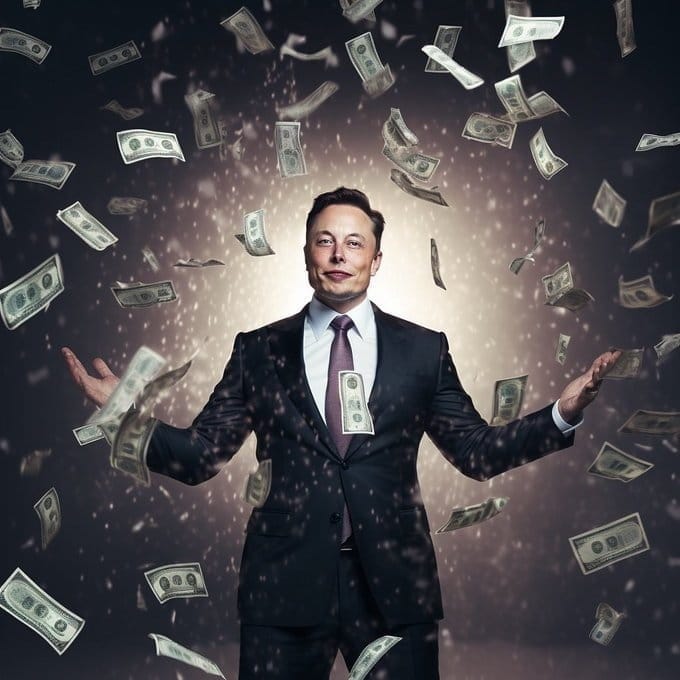

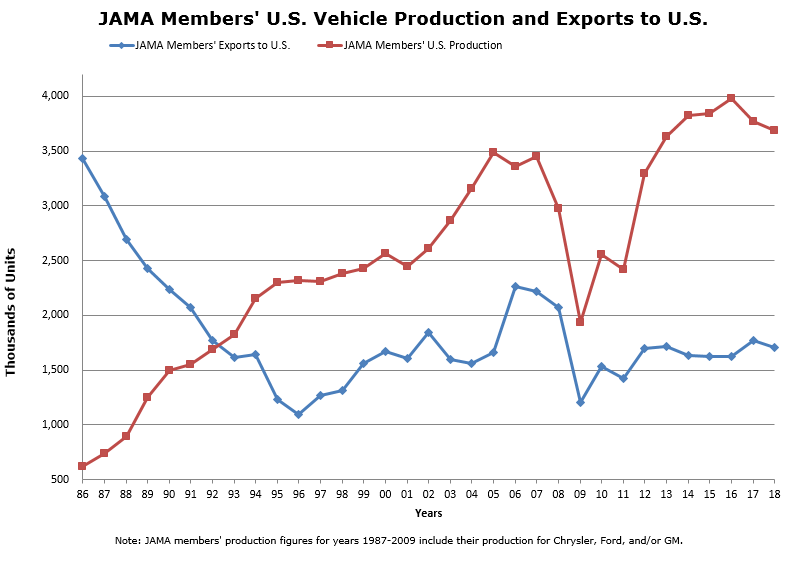
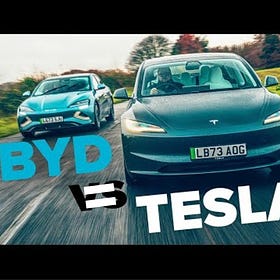
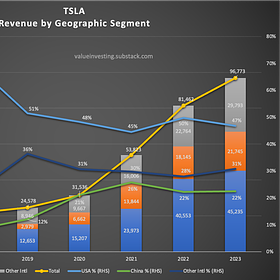

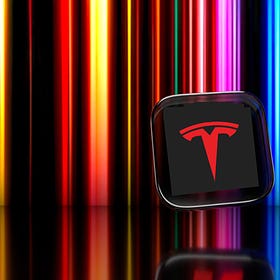
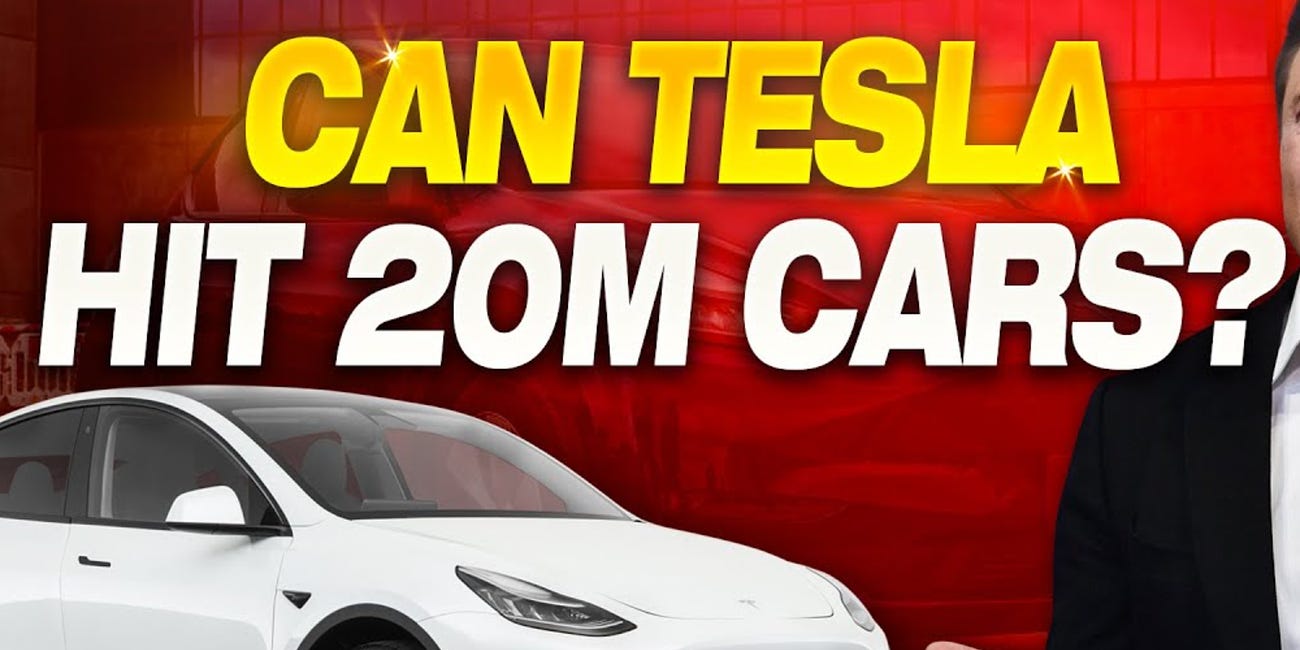
Thanks for the primer. Was wondering when the US was going to get around to this. Hopefully learned their lesson from the solar tech space.
there is a general sense that china will need to flood the world with (sunk cost) subsidized exports to save its own economy.
even codependent partners like brazil have started protecting steel, knowing it could get wiped out.
i doubt that EVs are the most important industry to be wary of in europe and NA, but they are certainly the most visible. rest assured that megahypocrite and subsidy-lover elon will be very vocal.
(if sold at walmart, i wonder how many american families would buy a small chinese EV for their kids to putter around town @ < $15k)